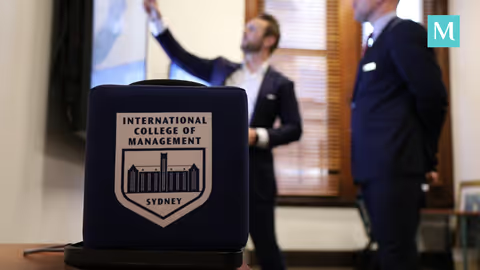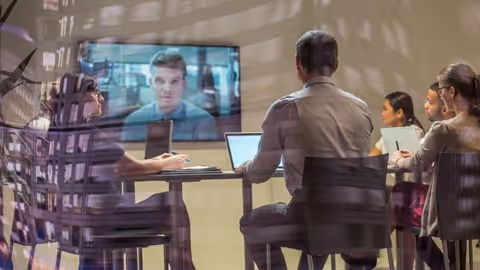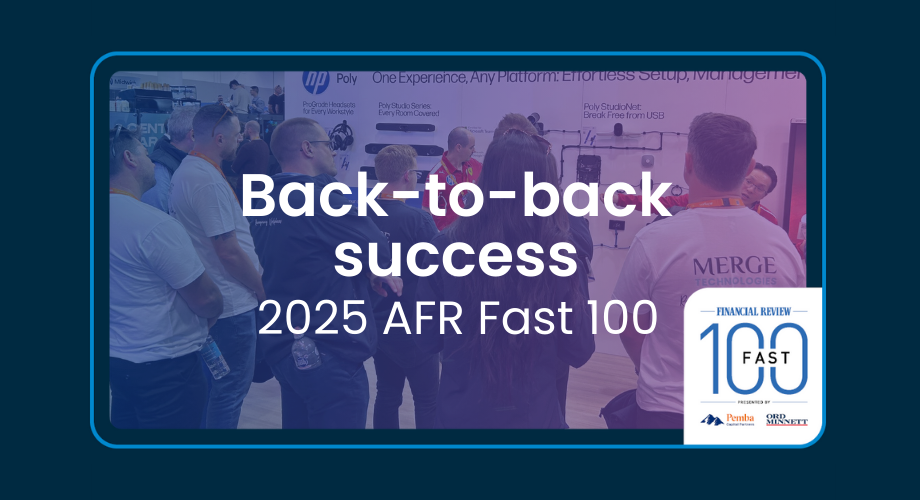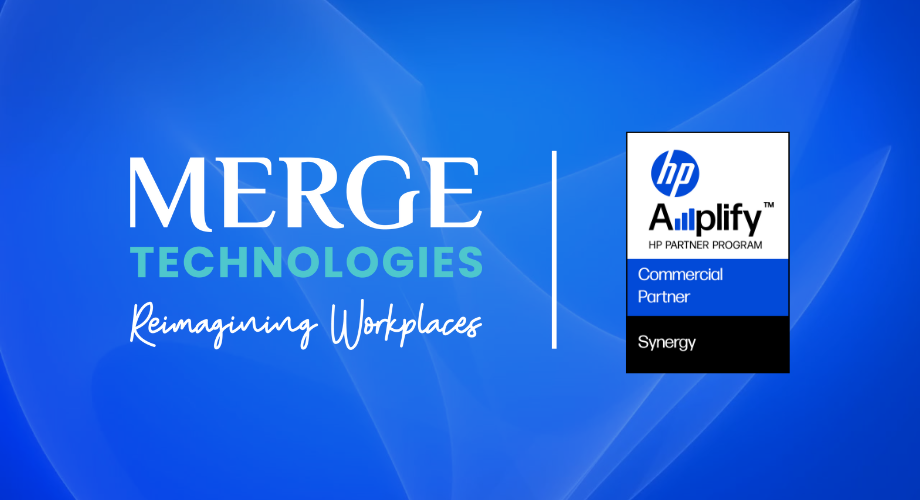.avif)
In the past IT departments were seen primarily as a support mechanism – responding to tickets, resetting passwords and fixing the email server every time it crashed. Those working in said IT departments of course knew this was not the case. Now however, end users have a whole new level of respect and appreciation for IT departments across the globe. This is a result of the critical role they played in ensuring business continuity by quickly implementing technology to support remote working when the world went into lockdown. As a flow on effect of that, instead of IT departments being siloed, often even referred to as "IT business partners", they are slowly but surely being integrated across businesses to work and collaborate with other business functions.
Head of HR France for Alcatel-Lucent Enterprise, Eric Lechelard said:
“When the pandemic hit, everything was impacted. We had to suddenly make remote working work, almost overnight. Many companies had no prior plan in place for remote working, yet they were forced to look into digital workplaces for the future, or else risk shutting down completely.”
Since the beginning of the pandemic remote working has evolved into hybrid working, and IT departments are at the wheel driving this ongoing evolution.
.avif)
Throughout the last two years IT & HR have had to work more closely together in order for business operations to continue during lockdown, and ensure employees were able to work remotely or in-office as required and still be supported.
According to CFO Tech, the partnership between IT and HR is growing stronger:
“Since the start of the pandemic, 57% of IT leaders collaborate more closely with their HR counterparts.”
Working with HR and operations, IT departments were required to quickly setup remote systems that would enable remote employees to communicate and collaborate with their onsite colleagues, external customers, partners and suppliers. This involved deploying a mix of software and hardware and, given the urgent need to adapt, a lot of money was spent on solutions which now that more people are back in the office are being deemed not fit for purpose or not reliable enough to cater for the demands modern work is placing on them.

In the education industry, it was difficult for students stranded interstate, let alone overseas, to attend classes and remain engaged and connected with their fellow students and educators. Through using tools such as the Catchbox (the world’s first throwable microphone) combined with interactive screens, auto-tracking cameras and other smart technology, Merge was able to create a blended learning solution to enhance the remote student experience at ICMS on Sydney’s Northern Beaches. This technology allowed remote students to participate in classes as if they were there in-person.
ICMS knew early on that blended learning would become a permanent fixture and therefore took the time to consider their options and invest in a solution that would support their educators and students long term. This approach has put them ahead of their competition and is garnering positive feedback from students and faculty.

Ian Walsh, from the ICMS IT Department said:
“They [Merge] worked hard to fully understand what it was that we wanted to deliver to our students. And that was based on our students’ requests. That being flexibility and quality.”
For more information on our work at ICMS, watch our case study video here:
However, when remote workers needed to collaborate with their in-office co-workers, many workplaces lacked the proper technology to facilitate this.
90% of meeting & conference rooms in the world are equipped with only the bare minimum technology to support information sharing and collaboration.
As a result, many meetings have become inefficient and unproductive due to the constraints of a video conference room setup using minimal and/or the wrong technology. These inefficiencies lead to great frustration for both remote and in-office workers.
87% of users are frustrated and stressed due to technology failures in meeting rooms.
Suffice to say that the most significant contributor to this frustration is poor audio quality. Many organisations will rapidly roll out all-in-one solutions, but unfortunately this is a recipe for disaster given one size most certainly does not fit all. Many microphone systems are only suitable for certain spaces. For more information on choosing the best microphone for your workspace, read our article.
Now more than ever, IT and technology managers must spend the time to research and engage professionals to ensure their video conference spaces are optimised to deliver seamless and cohesive video conferencing and collaboration for users.

The preferred numbers of days employees wish to go to the office is 3.3 days per week.

Nearly 60% of IT leaders believe that enabling employees to work flexibly will improve the adaptiveness of their organisations. Given one of the most in-demand features of the new hybrid workplace is high quality "one touch to start" video conference rooms, investing in the appropriate workplace technology to support this demand will not just improve the employee experience but support their productivity at home as well as in the office.
It is important to note that the hybrid work journey is never-ending, with workplace technology constantly developing and improving.
Head of HR France for Alcatel-Lucent Enterprise, Eric Lechelard said:
“Companies are going to have to start thinking about the full workflows of their business operations, and how they can digitise them. During COVID, most people simply weren’t equipped to handle this new landscape. Going forward, digital transformation is only going to continue. Companies need to ensure they have the right digital platform in place to enable ongoing growth.”
For more information on how you can get the best out of business technology for your organisation, reach out to the experts and email us today using our contact form.
.avif)


